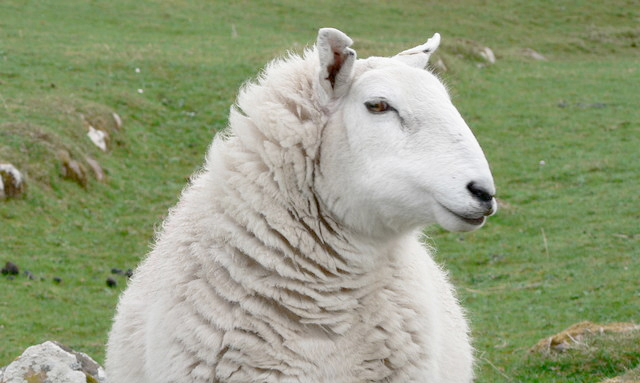
Despite the current difficulties being experienced in the sheep sector, 2014 was generally positive.
Export volumes of fresh and frozen beef increased six per cent on the year to 112,100 tonnes, amid increased availability, with smaller markets playing a more important role as destinations for product.
The latest AHDB Cattle and Sheep Yearbook has been published giving a summary of full-year production levels in the UK along with a range of other industry statistics.
It provides a broad range for data, including information on production and exports for farmers, auction markets, processors, retailers and other stakeholders.
The year also saw another positive move away from exporting carcases to higher priced cuts, in line with AHDB Beef & Lamb’s strategy to fully utilise the carcase and add value to the entire supply chain.
The yearbook acknowledged the strength of Sterling against the Euro could remain a hurdle to overcome when exporting to the EU, but added that the UK looked well placed to take advantage of expected supply constraints from New Zealand.
Charlotte Garbutt, AHDB head of data and analysis, said: “The beef and lamb yearbook provides valuable insight into key industry trends and statistics for 2014. It is an important reference point for beef and sheep farmers, as well as other industry stakeholders, providing the information they need to support business decisions.”
Sheep
The statistics in the latest edition of the AHDB Beef and Lamb yearbook show that 2014 was generally positive for the sheep sector with much of the consolidation work carried out in 2013 continuing.
The weather was generally considered to be excellent throughout the year, with mild weather across the country at both the start and end of the production year, improving the lambing rate and aiding lamb survival rates. The fine summer resulted in good pasture conditions and falling costs for bought-in feed.
Despite the general increase in prices in 2014, the results of the AHDB Beef and Lamb Stocktake
benchmarking report continued to show that market prices were below the average cost of production.
As such, the industry remained reliant on other forms of income during 2014, particularly single farm payments and environmental stewardship payments. CAP reform in 2015 could affect the level of these payments. Production began the year behind levels seen a year earlier but, by April, had started to overtake the year earlier levels and remained higher for the rest of the year.
The increase was due to the notably larger lamb crop and higher carcase weights on the back of the improved seasonal conditions.
Import volumes for the year as a whole were down, with shipments only really seeing increases in the middle of the year. New Zealand remained by far the largest supplier of lamb to the UK, however volumes did decline. In contrast, shipments from Australia increased. While import volumes fell, the value of the products shipped to the UK increased in 2014. With lower imports, increased volumes
of domestic product were supplied to the UK market which meant exports fell in 2014. However, the
data remains subject to review, particularly for trade outside the EU, as the market conditions would suggest that the reported volumes may not be an accurate representation of the trade position.
On the global scale, demand for sheep meat continues to follow the pattern seen in recent years,
with demand in developing countries increasing, while demand for lamb in traditional markets seems to be falling.
The UK looks well placed to take advantage of expected supply constraints from New Zealand, however the current strength of the pound against the Euro could be a hurdle to be overcome when exporting to the EU.
Cattle
In July, the all prime average price was at its low point in the year at around 325p/kg on a deadweight basis, having fallen 50p/kg since the early part of the year. At this level, prices were at their lowest point since mid-2011.
However, despite this, while processors were applying increasing penalties to some cattle which were outside market specifications, prices for steers and heifers meeting tight supermarket specifications still consistently fared better.
The second half of the year saw a modestly improved situation to the first half, and farmgate prices demonstrated some seasonal strengthening in the run-up to the Christmas period. For the year as a whole, at 360p/kg the R4L average, while being behind that of the year earlier, was still significantly ahead of its average over the previous five-year period.
The total number of prime cattle slaughtered at UK abattoirs in the year increased almost 2%
on the year to 1.96 million head. In addition to the overall position of more prime cattle being slaughtered, on the back of improved conditions and lower feed costs, carcase weights for steers
and heifers were also higher on the year earlier, up 6.8kg and 8.7kg, respectively, at 367.5kg and
324.6kg. The UK adult cattle kill for the year fell almost 2% to 597,000 head. The difficult weather
conditions in 2012/13 impacted on adult cattle supplies, while high prices and limited supplies of
feed led to an increase in slaughterings in 2013. Beef and veal production was 4% up on the year
at 877,000 tonnes.
